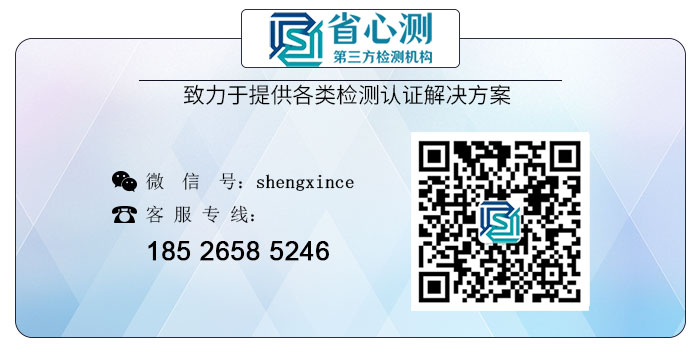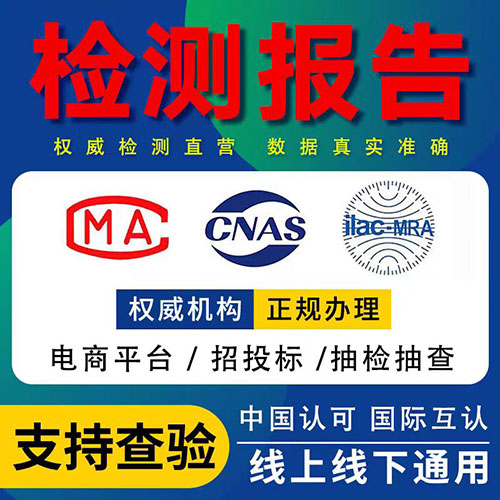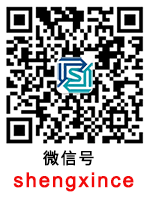英文rohs 2.0项目表
ROHS 2.0 项目表:为环境保护而努力
As technology continues to advance, so do the risks to our environment. That's why governments and organizations around the world are implementing regulations to protect our planet. One such regulation is the Restriction of Hazardous Substances (RoHS) directive, which restricts the use of certain hazardous materials in electronics and electrical equipment. The RoHS 2.0 project is the evolution of this directive, and in this article, we'll discuss what it entails and why it's important.
What is RoHS?
RoHS stands for the Restriction of Hazardous Substances. It is a European Union directive that came into effect in 2006. The directive restricts the use of six hazardous materials in the manufacture of various types of electronic and electrical equipment. These materials are lead, cadmium, mercury, hexavalent chromium, polybrominated biphenyls (PBB), and polybrominated diphenyl ethers (PBDE).
RoHS 2.0 - The Evolution
RoHS 2.0 is an updated version of the RoHS directive that became effective on January 2, 2013. The new directive expands the scope of the original RoHS directive to include all electrical and electronic equipment, including medical devices and monitoring and control instruments. Furthermore, RoHS 2.0 requires manufacturers to ensure that their products remain compliant with the directive for their entire lifespan, including after they have been sold to customers.
The Benefits of RoHS 2.0
The RoHS 2.0 directive is not only good for the environment but also provides benefits to manufacturers and consumers. By reducing the use of hazardous substances in electronics and electrical equipment, it reduces the risk of environmental pollution and exposure to harmful substances. This leads to a healthier planet, as well as healthier individuals.
In addition, implementing RoHS 2.0 increases the efficiency of manufacturers by encouraging the use of alternative materials that are less hazardous. This can lead to cost savings and increased competitiveness in the market. Consumers benefit from having safer products and knowing that manufacturers are taking steps to protect their health and the environment.
How to Ensure Compliance with RoHS 2.0
To ensure compliance with RoHS 2.0, manufacturers must conduct regular testing of their products to ensure they meet the requirements of the directive. This includes testing for the presence of the six restricted substances. Manufacturers must also be able to provide documentation that their products are compliant with RoHS 2.0 regulations.
It's essential to establish effective communication with suppliers to ensure that they provide compliant materials. Furthermore, manufacturers must be able to track and manage RoHS 2.0 compliance for all products throughout their lifecycle. This includes monitoring and updating of materials as needed and ensuring that labeling and documentation of products are accurate and up-to-date.
Conclusion
RoHS 2.0 is a vital project that helps ensure the protection of our planet and promotes the use of safer and more sustainable materials in electronics and electrical equipment. Its benefits surpass environmental protection and also promote cost savings, competitiveness, and the health and well-being of individuals. It's crucial to understand the requirements for compliance with RoHS 2.0 and take appropriate measures to ensure compliance throughout the entire lifespan of products. By doing so, we contribute to a more sustainable and healthy future for ourselves and generations to come.


 有样品要送检?试试一键送检,15分钟极速响应
有样品要送检?试试一键送检,15分钟极速响应



